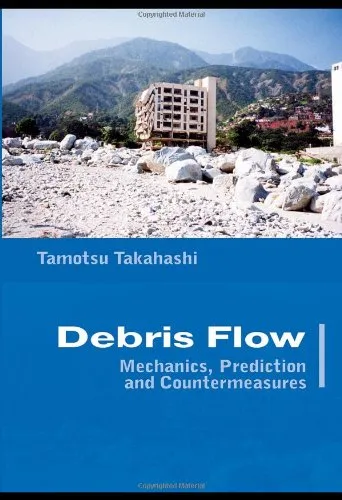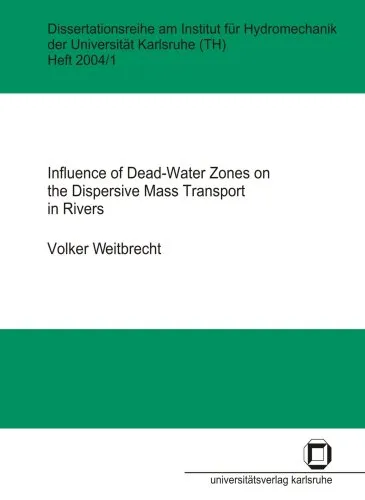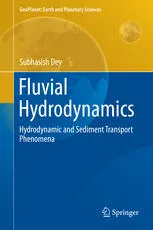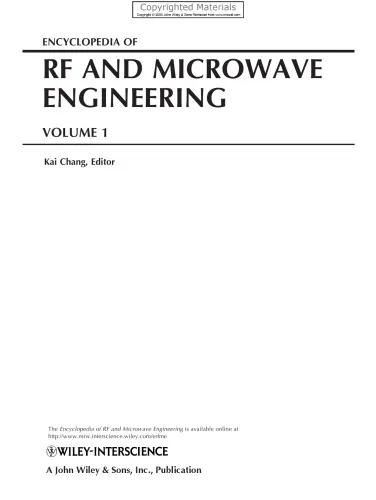Debris Flow: Mechanics, Prediction and Countermeasures (Balkema: Proceedings and Monographs in Engineering, Water and Earth Sciences)
4.5
Reviews from our users

You Can Ask your questions from this book's AI after Login
Each download or ask from book AI costs 2 points. To earn more free points, please visit the Points Guide Page and complete some valuable actions.Related Refrences:
Introduction to 'Debris Flow: Mechanics, Prediction and Countermeasures'
Welcome to the world of debris flow mechanics, an intricate field within geotechnical engineering and earth sciences that seeks to unravel the dynamics of one of nature's most devastating phenomena. My book, 'Debris Flow: Mechanics, Prediction and Countermeasures', published under the prestigious Balkema series, serves as an essential resource for researchers, engineers, and policy-makers who are grappling with the risks posed by debris flows. This book combines in-depth theoretical frameworks, meticulous case studies, and actionable countermeasure strategies to offer both academic and practical value to its readers.
Debris flows are fast-moving masses of soil, water, and organic matter, capable of wiping out entire landscapes and communities. Their occurrence is driven by complex interactions of geological, hydrological, and climatic factors. The purpose of this book is to provide an integrated perspective on these aspects and offer predictive tools and practical solutions to mitigate disasters caused by such flows.
Detailed Summary of the Book
The book is organized into three primary sections: mechanics, prediction methodologies, and countermeasures. Each section delves deeply into relevant theories and practices, supported by numerical modeling, laboratory experiments, and real-world data.
In the mechanics section, readers are introduced to the fundamental processes driving debris flow dynamics. We explore the physics governing flow rates, shear stress, particle interaction, and fluid-solid coupling mechanisms. This foundation enables a scientific understanding of how debris flows evolve from initiation to deposition.
The prediction methodology section is centered on forecasting the occurrence and movement of debris flows through quantitative approaches. Statistical tools, hazard mapping techniques, and advanced simulation models (such as finite element methods and GIS-based tools) are discussed. The aim is to bridge the gap between raw geological data and actionable insights for mitigation planning.
The countermeasures section is dedicated to engineering solutions and policy interventions. The book discusses structural mitigation techniques like the design of debris barriers, drainage systems, and reinforcement strategies, alongside non-structural approaches such as land-use zoning and public awareness campaigns. With a multi-disciplinary approach, this section empowers readers to manage debris flow risks effectively.
Key Takeaways
- A clear understanding of debris flow mechanics, including the factors influencing initiation, propagation, and termination.
- Effective methodologies for predicting debris flows through quantitative and qualitative approaches.
- Comprehensive insights into engineering countermeasures and non-engineering solutions to mitigate the impacts of debris flows.
- Real-world case studies that illustrate the application of theoretical concepts and disaster management practices.
- A balanced integration of science, engineering, and policy-making to address one of the most pressing issues in disaster mitigation.
Famous Quotes from the Book
“Debris flows represent a duality of nature's magnificence and unforgiving power, reminding us of the critical need to understand and mitigate their impact.”
“The science of debris flow prediction is not just about foreseeing disaster but about empowering communities to act strategically before calamity strikes.”
Why This Book Matters
Debris flows are not just geological phenomena; they are socio-economic and environmental disasters that impact countless lives worldwide. The significance of this book lies in its holistic approach to tackling debris flow hazards. By integrating advanced science, engineering practices, and strategic policymaking, this book serves as a critical guide for anyone involved in disaster risk reduction.
Whether you are an academic researching fluid mechanics, a government official drafting hazard mitigation policies, or an engineer tasked with designing debris flow barriers, this book provides actionable tools and frameworks to help you succeed. Its contribution to the field of earth sciences and disaster management makes it an invaluable addition to libraries, educational institutions, and professional organizations worldwide.
In a world increasingly challenged by natural disasters exacerbated by climate change, understanding and responding to debris flows is more important than ever. This book equips readers with the knowledge, foresight, and practical solutions necessary to protect lives, landscapes, and livelihoods.
Free Direct Download
You Can Download this book after Login
Accessing books through legal platforms and public libraries not only supports the rights of authors and publishers but also contributes to the sustainability of reading culture. Before downloading, please take a moment to consider these options.
Find this book on other platforms:
WorldCat helps you find books in libraries worldwide.
See ratings, reviews, and discussions on Goodreads.
Find and buy rare or used books on AbeBooks.
1251
بازدید4.5
امتیاز0
نظر98%
رضایتReviews:
4.5
Based on 0 users review
Questions & Answers
Ask questions about this book or help others by answering
No questions yet. Be the first to ask!












